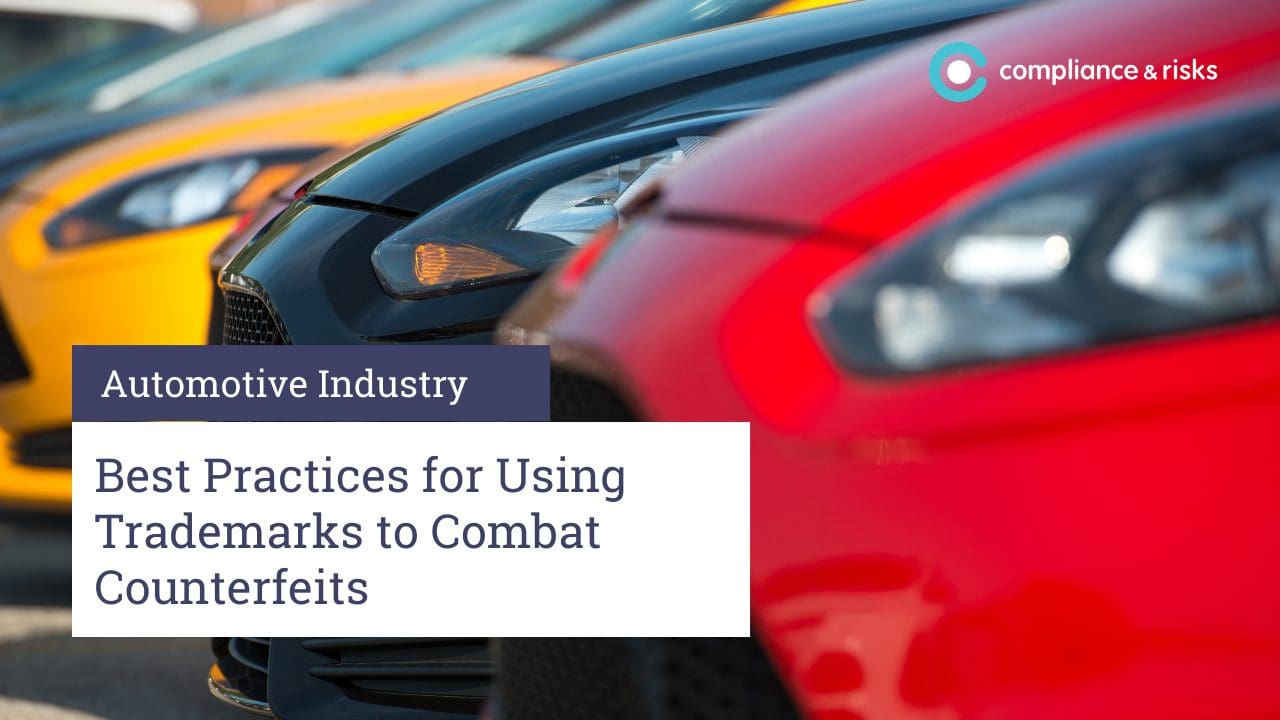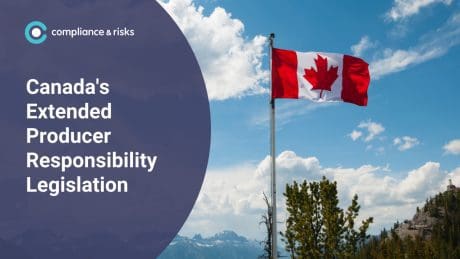
Automotive Industry Best Practices for Using Trademarks to Combat Counterfeits

 A recent interview with Customs and Border Patrol (CBP) gave a first-hand look into how CBP agents seize counterfeit luxury goods at JFK airport, doing their part to thwart a multi-billion dollar a year business linked to criminal organizations associated with human trafficking and terrorism and causing major health and safety problems for consumers.
A recent interview with Customs and Border Patrol (CBP) gave a first-hand look into how CBP agents seize counterfeit luxury goods at JFK airport, doing their part to thwart a multi-billion dollar a year business linked to criminal organizations associated with human trafficking and terrorism and causing major health and safety problems for consumers.
But luxury goods are not the only goods that CBP can intercept at borders, airports and ports. To some degree, there is even more at stake for the automotive industry in protecting against the very real harms that counterfeit auto parts can cause.
In July, CBP in Philadelphia announced that it seized nearly $300,000 worth of counterfeit auto parts from China consisting of more than 5,000 pieces including door locks, hinges, powered mirrors, steering wheel switches, headlights, taillights, grills, bumpers and paint kits. CBP worked with its automotive experts in its Centers of Excellence and Expertise, who in turn worked with the brand owners to determine the signs that the goods were not genuine.
CBP could seize these goods and take thousands of potentially dangerous auto parts out of the marketplace because the counterfeited brands were proactive in protecting their trademarks. While CBP is tasked with the important job of detaining, investigating and seizing counterfeit goods, it must rely on brands themselves to take the requisite steps that give it jurisdiction to act. The steps we recommend are as follows:
Step 1: Audit
Brands should conduct an audit of the trademarks it uses and the goods it identifies under the marks. This listing should be inclusive of all goods constituting automobiles, parts and accessories sold under the brand names and marks.
Step 2: Register
Brands should register their trademarks for these goods with the United States Patent and Trademark Office (USPTO).
Step 3: Record
Brands should record their trademark registrations with CPB. USPTO registration is a prerequisite to recording a trademark with CBP. CBP can only detain and seize goods if there is a trademark for the specific goods at issue that is recorded with CBP.
Step 4: Educate
Brands should draft educational materials regarding how to identify goods as genuine or counterfeit and submit these to the CBP. The CBP will use these to train agents and officers on detaining goods. It is also possible to meet with agents and officers in person or virtually to conduct training sessions so that they are prepared when viewing the contents of packages.
Step 5: Participate
Review and respond to authentication requests from CBP requesting information on whether the goods detained are counterfeit. There may be indications that can be ascertained from photographs or examining the goods in a laboratory, looking at markings or parts numbers, or reviewing the MSRP for the parts at issue. All of this information can help move a shipment from detained to seized. It is also advisable to communicate periodically with the attorney at CBP who oversees CBP’s automotive Center of Excellence and Expertise to have an ongoing dialogue on enforcement measures and to keep current on the latest educational opportunities for assisting CBP in seizing counterfeit auto parts.
With these steps, brands can both protect their valuable intellectual property rights and do their part in the important fight against criminal enterprises that have terrible intentions and no regard for the health and wellbeing of consumers.
Want access to in-depth analysis on automotive and more from our expert Knowledge Partner Network? Sign up to our newsletter!








